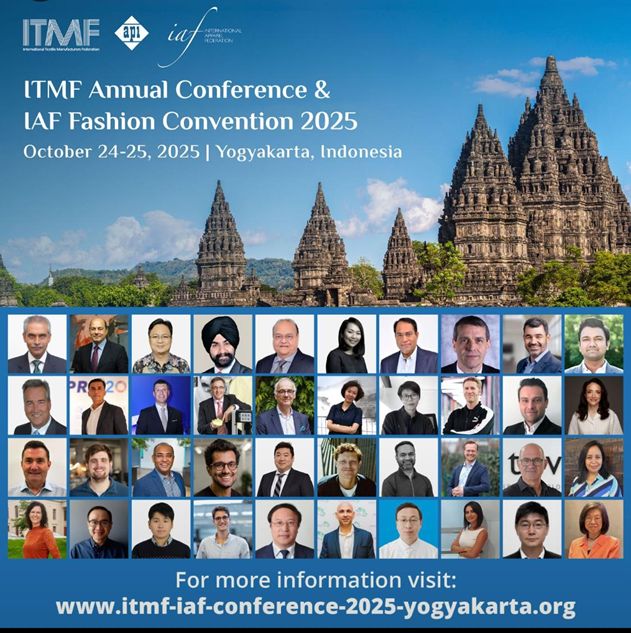Increasing demand for biodegradable, environment-friendly, versatile and cost-effective materials from end-use industries is key factor that encourages demand from the global cellulose fibers market. The production of man-made fibers involves the industrial processing of wood pulp derived from botanical sources while the manufacture of cellulose fibers entails chemical and mechanical processing of wood pulp. Acetate, viscose and triacetate are the different variants of rayon, a man-made cellulose fiber which are used extensively across several industry verticals.
With rising global concerns related to carbon emissions, excessive oil dependence and fuel sustainability, the demand for cellulose fibers is expected to increase substantially. Industry trends indicate that the global market for textiles will focus greatly on biodegradable, eco-friendly and skin-friendly fabrics. This is a key factor that will propel the global cellulose fibers market in the years to come.
The global cellulose fibers market is bifurcated on the basis of applications and geography. On the basis of application, the cellulose fibers market is divided into sections like clothing, spun yarn, fabrics and others including tapes, sealants and adhesives.
The other end-use industries for this market are carpet production and the paper industry. With demand exceeding 50 per cent of the total, clothing is the largest end-use segment of the global cellulose fibers market. This segment is anticipated to expand rapidly in the forthcoming years.
Also, the segment for spun yarn is anticipated to expand at a CAGR of 7.3% between 2012 and 2018. Viscose, corn fibers, tencel, lyocell, modal and rayon are the different forms in which cellulose fibers are applied in industries.












